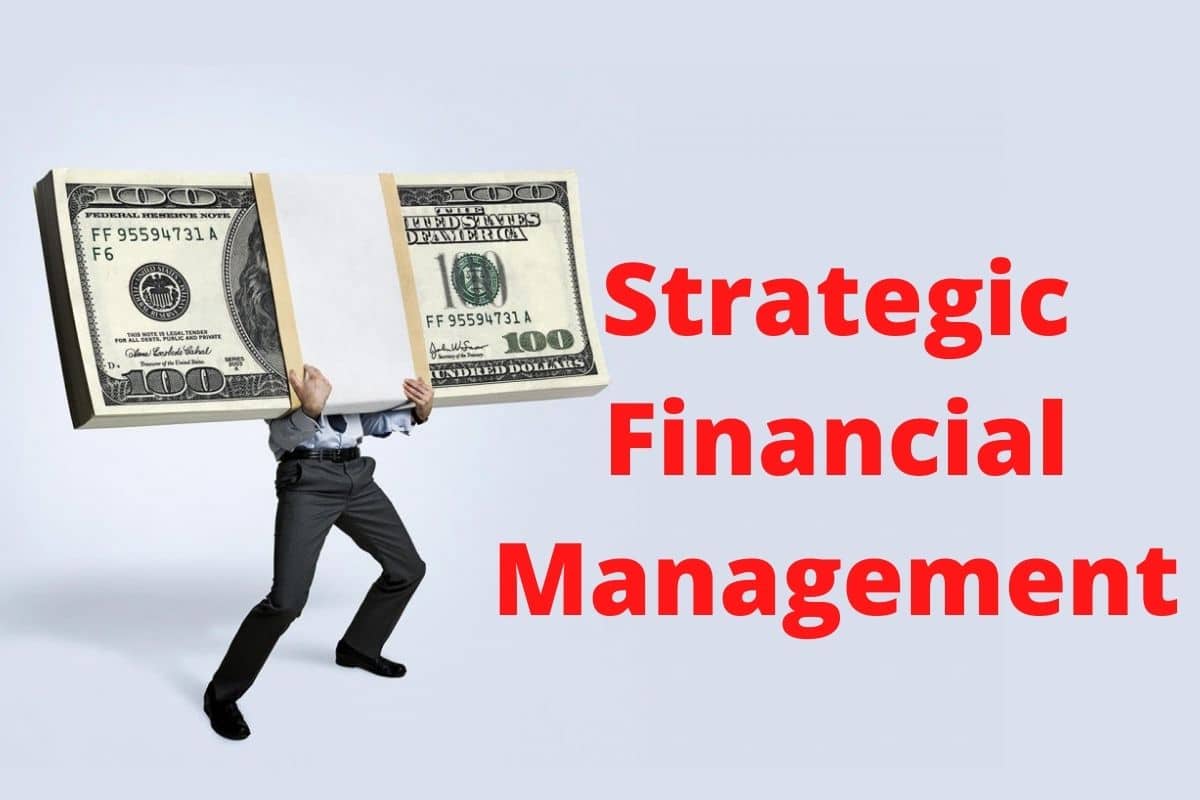Treasury inflation-protected securities (TIPS) are government-issued bonds that are inflation-indexed. TIPS are inflation-indexed to protect investors from a drop in the purchasing power of their money. They adjust the price (principal amount) rather than yield as inflation rises to maintain their real value. Inflation-Protect Bond ETFs expose investors to both domestic and international inflation-protected debt. These funds invest in TIPS, indexed to the CPI (CPI).
What are Treasury Inflation-Protected Securities?
Treasury Inflation-Protected Securities (TIPS) are designed to protect against price increases in the economy. Unlike other Treasury securities, which have a fixed principal, the principal of a TIPS can rise or fall over the term. When the TIPS matures, you will receive the difference if the principal is greater than the original amount. You get the original amount if the principal is equal to or less than the original amount.
TIPS pay a fixed interest rate every six months until maturity. The amount of interest paid varies because we pay interest on the adjusted principal. TIPS can be held until maturity or sold before maturity.
What Are the Best Treasury Inflation-Protected Securities?
The top TIPS ETFs are STIP, VTIP, and PBTP. Three of the best exchange-traded funds (ETFs) give investors access to U.S. Treasury inflation-protected securities if they are worried that inflation will remain high despite further Fed rate hikes and the recent moderation in prices (TIPS). The iShares 0-5 Year TIPS Bond ETF, Vanguard Short-Term Inflation-Protected Securities ETF, and Invesco PureBeta 0-5 Yr US TIPS ETF are among them. TIPS are government-guaranteed fixed-income instruments that are inflation-indexed, meaning that their principal amount and associated interest payments rise in tandem with inflation.
The Risks of Investing in Individual TIPS
TIPS can be considered stable investments due to their low relative market and inflation risks. TIPS, like conventional bonds, are not guaranteed investments, and their prices can fluctuate. Investors should be aware of the primary benefits and risks involved.
TIPS are thought to be credit risk-free because they are backed by the full faith and credit of the United States government. In other words, investors are guaranteed to receive the full interest and principal.
While the price of a TIPS bond fluctuates between when it is issued and when it matures, a person who holds until maturity is unaffected by these price fluctuations. However, this moderate level of volatility can become an issue if a bond is sold before its maturity date. This is because the bond’s market price may be higher or lower than its face value at the time of sale, so the buyer cannot be sure of receiving the face value.
The official CPI might not reflect actual inflation or the rising costs of the investor’s necessities, which is another risk of TIPS. It’s possible that the bonds’ inflation protection feature won’t stabilize the investor’s real purchasing power.
A third risk is the uncommon possibility of deflation or falling prices. Because there would be no need for inflation protection, investors would likely sell TIPS, lowering prices. This occurred during the 2008 financial crisis, when fears of a global financial meltdown raised the prospect of deflation, resulting in a sharp drop in TIPS prices in the autumn of that year. 3 Deflation is a long-shot possibility, but it should be considered.
The Risk of TIPS Mutual Funds and ETFs
Although investors who buy individual bonds and hold them to maturity will see the full benefits of Treasury Inflation Protected Securities (TIPS), those who hold TIPS through mutual funds or exchange-traded funds are subject to a different set of risks.
Funds provide inflation protection because the principal value of the bonds held by the funds will adjust with inflation. On the other hand, bond funds have no maturity date, unlike individual securities. This means that investors are not guaranteed a complete return on their principal. Furthermore, because TIPS are highly sensitive to interest rate movements, the value of a TIPS mutual fund or ETF can fluctuate dramatically quickly.
In November and December of 2010, a prime example of this danger occurred. During those two months, bond yields skyrocketed higher as prices plummeted, increasing the yield on the 10-year U.S. Treasury note from 2.66% on November 1 to 3.30% on December 31. 4 The During the same period, the largest TIPS ETF, iShares Barclays TIPS Bond Fund (ticker: TIP), returned -3.8%. The fund also suffered an 8.1% loss from May to June 2013, coinciding with a similar rise in Treasury yields. Inflation has usually been between 1% and 3% over the past few years, so these losses are So, a small loss can easily cancel out the safety feature in the TIPS that the funds hold.
Are Tips a Good Investment for 2023?
TIPS are a good investment choice when interest rates rise because they adjust payments when interest rates rise, whereas other bonds do not. This is typically a good short-term investment strategy, but stocks and other investments may provide better long-term returns.
Should You Invest in Inflation-Indexed Bonds?
Inflation-indexed bonds provide investors with stability and protection against inflation. But there are some downsides to investing in these securities, such as a lower chance of making money than other options and uncertainty about how accurate the inflation rate measure is.
If you’re looking to diversify your portfolio, inflation-indexed bonds may be a good option; however, it’s always smart to consult a financial advisor to ensure you’re on the right track.
What Are the Factors That Affect TIPS?
Before putting money into TIPS, investors would do well to learn about the things that affect the price and yield of these fixed-income investment securities. TIPS investors may better understand the benefits and drawbacks of holding these investments if they understand what causes them to move. The two most important factors influencing tips are interest rate changes and inflation expectations.
TIPS prices respond to changes in interest rates in the same way that other bonds do. The expectation of future inflation rates is built into the yields of traditional bonds. TIPS reacts to changes in “real” interest rates, which are current and inflation rates. TIPS demand is frequently driven by shifting expectations of future inflation. The main thing determining the difference between regular US Treasury bonds and TIPS is how fast inflation is expected to rise.
Can You Lose Money on Tips Bonds?
When a TIPS reaches its maturity date, the investor gets either the adjusted principal or the value at the time it was issued, whichever is higher. When investors buy new TIPS, they are safe from deflation, but this is not true when they buy TIPS on the secondary market. You may lose money if you purchase TIPS that have already been adjusted higher and the CPI begins to fall.
That may appear unlikely given that inflation remains relatively high, but the “headline” CPI index TIPS refers to includes volatile food and energy prices. If energy prices (or other prices) fall, monthly CPI readings could fall.
Can You Lose Money With an Inflation Bond?
TIPS can provide long-term inflation protection. TIPS investors can finally earn a higher income while also helping to protect against inflation in the long run, thanks to real yields well above zero. Since we don’t expect yields on TIPS to rise much further, we think the worst of the price decline areas behind, on the other hand, the volatility of the Treasury market has been high this year, and we expect it to stay that way as the Fed tightens credit. So, it’s still possible for prices to go down further, making us think that TIPS shouldn’t be considered short-term inflation hedges, but they can help in the long run.
If a person holds on to TIPS until they mature, they might not notice any price drops. Those who invest in TIPS through ETFs or mutual funds may see modest declines from here, but this does not mean you should sell your holdings. With a rise in yields and a rebalancing of the funds’ holdings, investors may see higher income payments to cushion the blow of possible declines in asset prices, and further increases would lead to positive principal adjustments to the underlying holdings.
Reasons to Avoid Treasury Inflation Protected Securities (TIPS)
#1. Tips Frequently Outperform Traditional Treasuries.
TIPS are similar to other government securities sold by the US Treasury in many ways. They pay annual interest and, like Treasury bonds, are backed by the full faith and credit of the United States government. The key distinction is that the face value of a TIPS bond is adjusted by the official consumer price index (CPI). The face value of TIPS increases in proportion to the CPI.
On the surface, this appears to be a fantastic deal. Inflation, after all, eats away at nominal interest payments. TIPS face value increases imply that interest payments rise in line with inflation. They are thus perceived as safer, lowering their expected returns due to the risk-return tradeoff. TIPS aren’t the only securities that account for inflation. In addition, standard Treasury bonds have an implicit inflation adjustment.
#2. The Consumer Price Index (CPI) May Not Accurately Reflect Your True Inflation Rate.
There are reasons to believe that inflation for older and even middle-aged Americans may be higher than official statistics indicate. These are also the groups that are more likely to purchase TIPS. Originally, the CPI measured a fixed basket of goods. However, because consumers frequently switch to cheaper new goods, inflation figures based on a fixed basket of goods are often exaggerated. The Bureau of Labor Statistics (BLS) revised the CPI to reflect these changes.
Many people become more set in their ways as they age, making them less likely to switch to new products. Some of their reluctance makes sense since they don’t have as much time to get their money’s worth from learning new ways to do things. Retirees seeking to preserve their income with TIPS are the least likely to make substitutions, resulting in higher inflation.
Substitution may have a subtle effect, but consider how powerful it can be. Some retirees who want to be covered by TIPS still use landline phones instead of VoIP or smartphones and still watch cable TV instead of streaming video. These expenses can quickly add up. Most importantly, retirees may continue to live in less affordable neighborhoods.
#3. TIPS Prices Fluctuate
TIPS have been called the “only risk-free investment” because they protect both the principal and the value over time. However, price volatility is a major risk indicator, and TIPS frequently falls short in this area.
TIPS ETFs’ wild price swings during the 2008 and 2020 stock market crashes demonstrate that they are not nearly as stable as cash in the short run. Also, with a lot of accumulated inflation built into their prices, TIPS could lose a lot if there is a deflationary depression.
Conclusion
Understanding how TIPS work is essential for effectively using them in your portfolio. That is not to say you should never consider investing in TIPS. Be aware of their potential flaws. If you open an account on the TreasuryDirect website, you can buy Treasury Inflation-Protected Securities (TIPS) online. You can also buy mutual funds or ETFs designed to hold TIPS through your broker.
Related Articles
- TOP TREASURY MANAGEMENT SYSTEMS PROVIDERS IN 2023
- WHY INVESTMENT IS IMPORTANT: In Business & Future Life
- What Are SHORT-TERM INVESTMENTS: Definition, Examples, and Banks
- Cash Management Software and Solutions For Businesses
- Earned Value Management (EVM): Detailed Explanation






